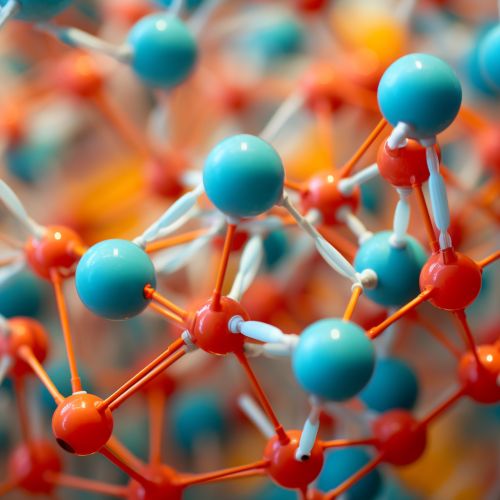Quantum Chemistry
Introduction
Quantum chemistry, also known as molecular quantum mechanics, is a branch of chemistry that focuses on the application of quantum mechanics and quantum field theory to chemical phenomena. It is necessary for understanding material properties and reactions on a molecular level and provides a theoretical foundation for many areas of chemistry and fields of science.


History
The history of quantum chemistry can be traced back to the development of quantum mechanics in the early 20th century. The application of quantum mechanics to chemistry was first done by Walter Heitler and Fritz London in 1927. They applied quantum mechanics to deal with shared electron pairs in the hydrogen molecule, marking the birth of quantum chemistry.
Principles of Quantum Chemistry
Quantum chemistry is based on the principles of quantum mechanics, which describes the behavior of particles at the atomic and subatomic level. These principles include the wave-particle duality, the uncertainty principle, and the superposition principle.
Wave-Particle Duality
The wave-particle duality principle states that particles can exhibit both wave-like and particle-like properties. This principle is fundamental to understanding the behavior of electrons in atoms and molecules.
Uncertainty Principle
The uncertainty principle, formulated by Werner Heisenberg, states that it is impossible to simultaneously measure the exact position and momentum of a particle. This principle has profound implications for the behavior of electrons in atoms and molecules.
Superposition Principle
The superposition principle states that a physical system—such as an electron in an atom—can exist in multiple states simultaneously. This principle is crucial for understanding the behavior of electrons in atoms and molecules, and for predicting the outcomes of chemical reactions.
Quantum Mechanical Model of the Atom
The quantum mechanical model of the atom is a central concept in quantum chemistry. This model describes electrons as wavefunctions around the nucleus, rather than as particles moving in defined orbits. The wavefunctions, also known as orbitals, are mathematical functions that describe the probability distribution of an electron.
Quantum Chemistry and Chemical Bonding
Quantum chemistry provides a detailed understanding of chemical bonding, which is the attraction between atoms that leads to the formation of chemical compounds. This understanding is based on the principles of quantum mechanics and the quantum mechanical model of the atom.
Covalent Bonding
Covalent bonding involves the sharing of electron pairs between atoms. Quantum chemistry describes this bonding in terms of the overlap of atomic orbitals, which leads to the formation of molecular orbitals.
Ionic Bonding
Ionic bonding involves the transfer of electrons from one atom to another, resulting in the formation of ions. Quantum chemistry describes this bonding in terms of the electrostatic attraction between ions.
Quantum Chemistry and Spectroscopy
Quantum chemistry is also fundamental to the field of spectroscopy, which involves the interaction of light with matter. Quantum chemistry provides a theoretical framework for understanding and interpreting spectroscopic data, which is crucial for the identification and characterization of substances.
Computational Quantum Chemistry
Computational quantum chemistry is a branch of quantum chemistry that uses computational methods to solve the Schrödinger equation for chemical systems. This field has become increasingly important with the advancement of computer technology, and it plays a crucial role in the design and discovery of new materials and drugs.
Conclusion
Quantum chemistry is a vital field of study that provides a deep understanding of the behavior of atoms and molecules. It is fundamental to many areas of chemistry and science, and it continues to be an area of active research and development.
